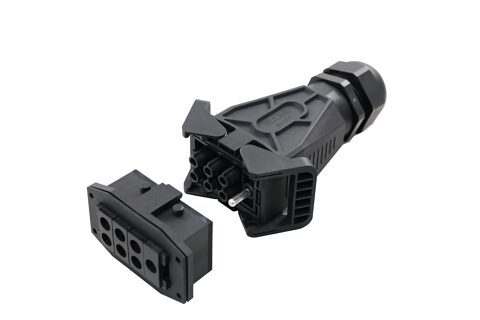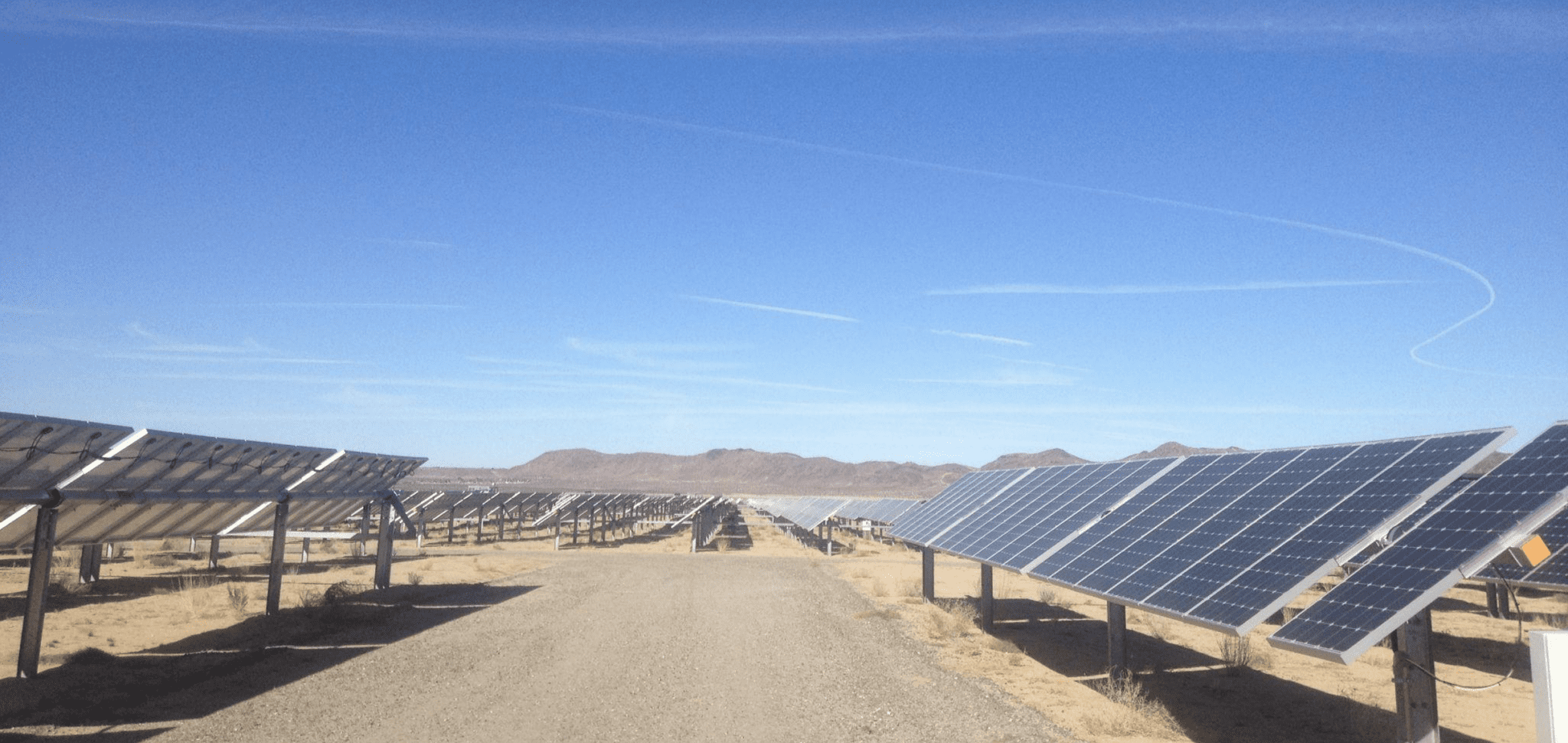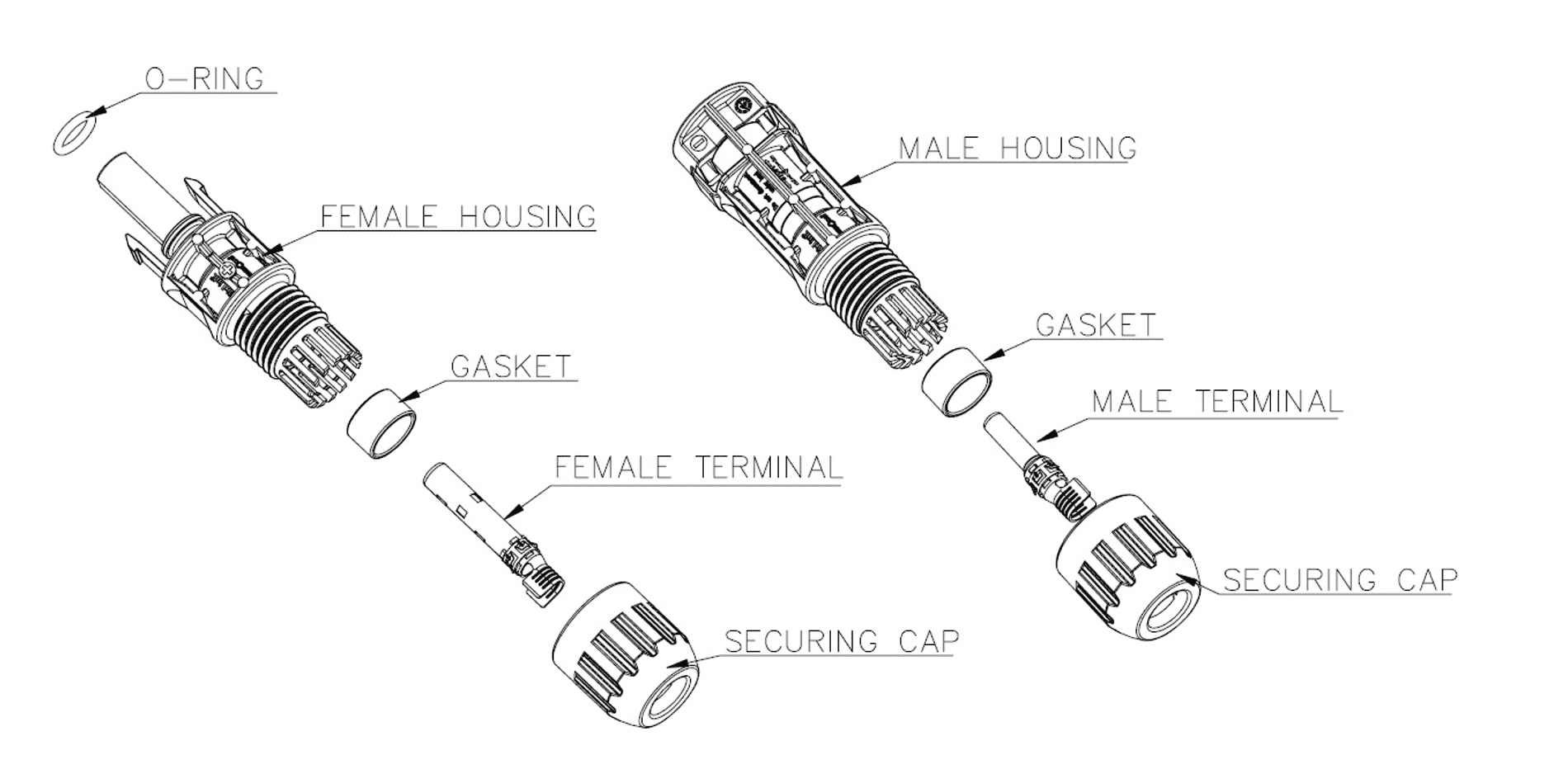Resin Material Selection Guideline for High Power Connectors to Enhance Product Performance and Durability
Resin materials are widely used in high power connectors to support conductors and provide insulation functions. It is crucial to choose the appropriate resin material to achieve the optimal performance for specific application environments and functional requirements.

By Qixing Xu, Deputy Manager, BizConn International Corp. (A BizLink Group Company)
The continuous growth of data traffic has increased the demand for higher performance and efficiency in the connectivity solutions used in data centers. The selection of materials used in interconnects, from metals to surface treatments to resins, plays a crucial role in the process of data center upgrades.
Resin materials are widely used in high power connectors to support conductors and provide insulation functions. They can also be used to make various other functional parts, such as housings, buckles, nuts, and other components. There are many kinds of resins, each with different properties. It is crucial to choose the appropriate resin material according to the different application environments and functional requirements of the connector.
The main characteristics of resin materials are mechanical properties, electrical properties, heat resistance, and flame retardancy. Mechanical properties include tensile strength, flexural strength, impact strength, and hardness. Electrical properties include volume resistivity, and comparative tracking index (CTI). Heat resistance includes heat deflection, temperature, and relative thermal index (RTI). Flame retardancy, based on the UL94 rating can be classified into HB, V-2, V-1, V-0, 5VA, and 5VB. Based on actual product development experience, we have identified the considerations for selecting resin materials for the following types of connectors.
High Current Connectors for Data Centers
The massive data computing capability of cloud servers is inseparable from a sufficient power supply, and the use of high-current connectors in data centers is becoming more and more important. Unlike photovoltaic connectors that have been used outdoors, high-current connectors used in data centers operate in relatively mild environments. They are generally used indoors with air conditioning and do not require high waterproof performance or UV resistance. The temperature rise performance is the first consideration for this type of connector, and the upper limit temperature of the temperature rise test cannot be higher than the RTI value of the resin material, so it is necessary to choose a resin material with a higher RTI value. Considering fire safety, it is recommended to choose V0 or above for the fire rating of resin materials. In addition, the resin material also needs to have good impact resistance to pass the drop test. The CTI value of the resin material affects the creepage distance of the product, and the resin material with a suitable CTI value should be selected according to the product voltage and the actual structure of the product.

Immersion Cooling
As the computing power of the data center increases, its heat generation climbs in tandem. For better heat dissipation, more and more data centers adopt the immersion liquid cooling design, immersing the entire server in a dedicated cooling liquid. For connectors used in immersion cooling, due to long-term immersion in cooling liquid, it is necessary to consider the corrosion of the cooling liquid on the resin material, the impact on the physical properties of the resin material, and whether the resin material itself will precipitate and pollute the cooling liquid. To confirm whether the resin material is suitable for immersion cooling, we need to put the resin material into the cooling liquid for the immersion test, comparing the changes in the physical properties, such as changes in tensile strength and bending strength. Changes in composition of the resin material and of the cooling liquid before and after the test are put into consideration as well.
Solar / Photovoltaic Connectors
Facing the intensification of the global energy crisis and the increasing environmental pollution generated by the combustion of traditional energy sources, solar photovoltaic power generation has become one of the important new energy sources. Photovoltaic solar energy is obtained by converting sunlight received through solar panels into electricity, exporting it through wires and connectors. Multiple solar panels are connected in series/parallel through connectors to achieve the voltage and current designed for the power generation system. Solar panel installations are exposed to the outdoors for a long time, and many power stations are built in harsh environments, such as Gobi and other deserts. Photovoltaic connectors specified for outdoor applications generally are rated for a 10-20 year design life. These connectors must meet high-level requirements for waterproof performance, high/low temperature resistance, and UV resistance.
Typical parameters for photovoltaic connectors include:
- Rated voltage: DC 1000V to 1500V
- Rated current: from 15A to 90A
- Ambient temperature: -40 ℃ to +85 ℃
- Protection level: The minimum reaches IP67 level
The typical structure of a photovoltaic connector includes a male connector and a female connector composed of a male body, a male terminal, a female body, a female terminal, a waterproof ring, a nut, screw caps using resin materials, and other components.
For resin materials used outdoors, both UV resistance and hydrolysis resistance are indispensable. According to the requirements of photovoltaic connector safety standards, the resin material of the shell must pass the ultraviolet exposure test (ultraviolet light exposure) and water immersion test specified in the UL746C standard (water exposure and immersion). When the resin material itself undergoes UL certification, after passing this test, the suffix (f1) will be added after the model number. In consideration of fire safety, the resin material of the casing must meet the V-0 or 5VA heat resistance level specified in the UL94 standard. Relative Thermal Index (RTI) refers to the ability of a material to maintain specific properties (physical, electrical, etc.) when exposed to high temperatures for a long time. Considering the ambient temperature of the photovoltaic connector, the RTI should be greater than or equal to 105 °C. The above fire rating and RTI value are related to the minimum thickness of the material, so they should be determined according to the minimum thickness of the actual product structure. Relative tracking index (Comparative Tracking Index, referred to as CTI) is the susceptibility of trace materials to track. These parameters of CTI are very important, but they are often easily ignored when it comes to material selection. According to the IEC standard, materials are divided into the following four groups of the CTI values.
- Material Group I: CTI ≥600
- Material Group II: 400 ≤ CTI < 600
- Material Group IIIa: 175 ≤ CTI < 400
- Material Group IIIb: 100 ≤ CTI < 175
The creepage distance corresponding to different CTI materials is shown in the table below. According to the limitation of the structure of the product, photovoltaic connectors should choose materials with CTI ≥ 400 to meet the requirements of creepage distance.

Hail impact is another consideration for outdoor applications, so the material must have good low temperature impact resistance. Specifically, the product is required to withstand an impulse of 6.78J at -35 °C. Currently suitable materials are PPE/PPO, PC, and PA materials.
Whether an application environment is indoors, outdoors, or subject to unique or challenging conditions, specifying the most appropriate material to meet functional requirements, maximize efficiency, and maintain stable and excellent quality can be achieved with the help of an experienced connector supplier.
To learn more, visit BizLink online.
Like this article? Check out our other High-Temperature and Data Centers articles, our Datacom Market Page, and our 2022 and 2023 Article Archives.
Subscribe to our weekly e-newsletters, follow us on LinkedIn, Twitter, and Facebook, and check out our eBook archives for more applicable, expert-informed connectivity content.








